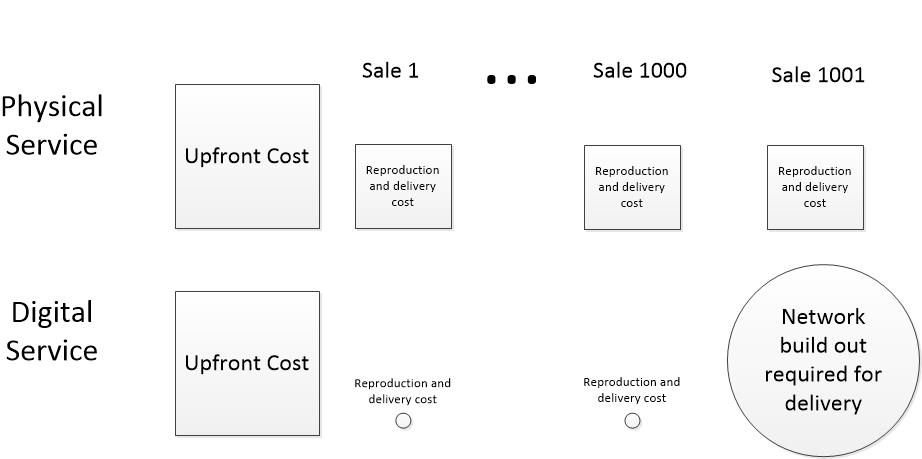The SolarWinds hack is worrisome, but probably not for home computer users, although some caution is warranted. This week, the president of Microsoft, Brad Smith, declared the SolarWinds hack was the most sophisticated ever. Before we get to precautions, I’ll explain why the hack is such a big deal.

“I’ve been following this story closely as it has unrolled, and, frankly, it gets worse every day.”
Supply chain hacks
I’ve been following the story closely as it has unrolled, and, frankly, it gets worse every day. It is what the industry calls a “supply chain hack,” an indirect attack on an element in a target’s supply chain.
Instead of striking the target directly— for example, the inventory management system used by the U.S. Treasury Bullion Depository at Fort Knox— the hacker attacks the development facilities of an externally developed product that Treasury uses, an element in the Treasury digital supply chain.
The external product development lab is probably far less protected than Fort Knox. After gaining access, the hackers write in a nasty bit of malware, then wait for the Treasury to install the hacked product. When the product is installed, the hacker has an open door into Fort Knox and can begin dispatching shipments of gold bullion to an off-shore warehouse, Free On Board by the U.S. Army.
I doubt that Fort Knox is vulnerable in the way I’ve described, but a supply chain hack is a method for getting into a highly secure system without confronting the measures put in place by an institution that is guarded like Fort Knox.
SolarWinds hack
SolarWinds, an enterprise software company whose products I once competed with, was an outstanding choice for a supply chain attack. In the last few years, SolarWinds network management system has become popular among Fortune 500 enterprises and government agencies, including the U.S. Treasury.
Network management systems are used to monitor and control computing equipment on a network. Any organization with more than a few dozen computing devices is almost certain to have some sort of network management installed and that system is likely to touch every computer in the organization.
Estimates are that 18,000 companies and government agencies have been infiltrated with vulnerable access points installed in an update to a SolarWinds product.
Personal experience
Personally, I have to think hard about this hack because I could have been a manager responsible for it. I was the technical leader in charge of products similar to SolarWinds. I made many decisions that affected the vulnerability of our products. Could my products have been infiltrated and subverted the same way SolarWinds was caught? I’ve been retired for almost ten years now, so be aware that anything I describe here is likely to have changed.
Nevertheless, I have to say yes. My projects could have been hacked. Quality assurance was a high priority. Some of our best customers were financial institutions and insurance companies who pushed us on security and we increased our security efforts with each release, but portions of our code were written before 2000 when security was not a high priority.
Also, hacking into development often has little connection with engineering. Dishonest, bribed or threatened employees, and rogue contractors all contribute to security vulnerability. Every large organization is bound to have a few bad eggs or weak links.
“In any large public corporation, the stock analysts often hold more sway than the security experts.”
And I must be honest. In any large public corporation, the stock analysts often hold more sway than the security experts. This is one reason I favor products that are certified secure with third party security audits. The best security audits include examination of both engineering and corporate governance, such as hiring procedures and controls on employee integrity. Stock analysts pay more attention to certification, especially certification by prestigious accounting and consulting firms, than opinions from security experts with qualifications a stock analyst probably knows nothing about.
Security at SolarWinds
“A key server is said to have been publicly accessible via a weak password “solarwinds123.”
Unfortunately, there are ample reports that SolarWinds security was poor. A key server is said to have been publicly accessible via a weak password “solarwinds123.” I have wandered computing convention show floors trying passwords like “oracle123” or “goibm” on unattended computers. In the early 2000s, those guesses quit working. Apparently, SolarWinds had some old timers setting passwords. Other poor security practices are said to have been common. Access to SolarWinds servers was also said to be on sale on the dark web.
Ironically, SolarWinds also develops and markets security auditing tools.
Origin of the SolarWinds hack
“I am reminded of the “mole” in author John le Carré’s 1974 spy novel Tinker Tailor Soldier Spy.”
Odds are great that it is a Russian government hack and more likely aimed at espionage and theft of plans and trade secrets than monetary gain. Which is good news for most home users, but the extent of the distribution of SolarWinds transported malware threatens both the U.S. government and economy. The U.S. may be dealing with this breach for years to come. I am reminded of the “mole” in author John le Carré’s 1974 spy novel Tinker Tailor Soldier Spy.
The bad news for home computer users is that criminal hackers may figure out ways to take advantage of the malware installed by the SolarWinds hack to gain access to software installed on home computers.
What to do?
Double down on basic computer security hygiene. I know that hygiene gets tedious, but criminals always go for the weakest victim. A few simple practices go a long way toward making a hack improbable. See my Six Rules for Online Security.
The SolarWinds hack underscores the importance of being careful when downloading and installing new software. Getting your software from established app stores, like the Microsoft Store, Google Play, or the Apple App Store is good practice because the stores vet the software they deliver. You still must be careful: malware has gotten through all of the stores. Software with tons of good reviews that has been downloaded frequently is safest. Never ever download anything from a site that does not show the https locked symbol on your browser. Check the reputation of your vendors and be sure you are on the real site, not a clever spoof.
Also, update your software regularly. Sign up for automatic updates whenever you can. The SolarWinds hack was spread by a software update, but that is not a reason to quit updating. The hack is also being neutralized by automatic updates and will be around far longer if folks neglect updates.
Run anti-malware regularly. The full extent and details of the hack are not yet known, but already anti-malware is cleaning up some of the mess.
Be sensible and be safe.


